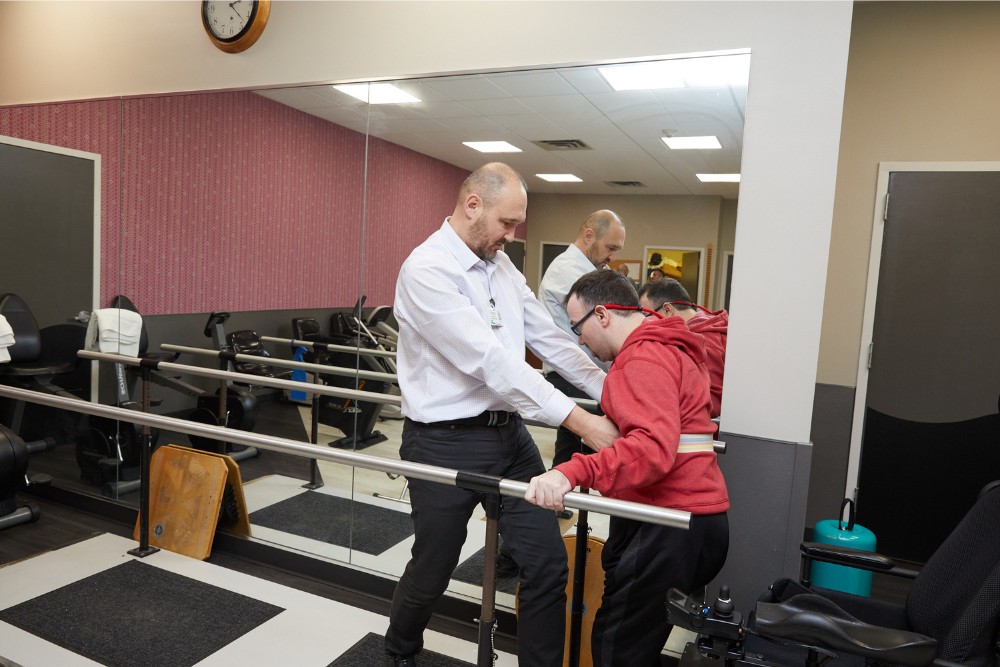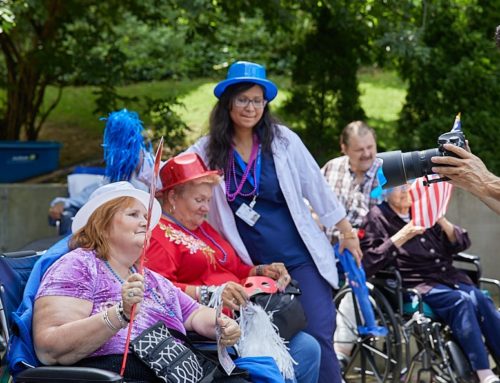Train Your Brain to Walk Again After Injury
Walking is such a large part of life that you likely don’t even think about the movements while doing them. Unfortunately, brain injuries or neurological issues, such as strokes, can alter balance. When this occurs, taking even a few steps becomes a difficult task. To remedy the situation, you’ll need to train your brain to walk again, though this isn’t easy to accomplish.
One crucial aspect of learning to walk again after brain injury or damage is brain injury rehab. Physical therapy is usually part of the process, combining gentle exercise with the body’s natural restorative abilities. A trained physical therapist tailors the program to match each individual for safe and effective results.
For more information on re-learning balance and movement after an injury, check out the following sections.

How to Train Your Brain to Walk Again?
Although the worst facet of brain injuries is the inability of the brain to repair itself and those damaged parts can’t be restored, you don’t need to give up hope of ever walking again, due to neuroplasticity. Let’s see how it works.
Neuroplasticity is the method the brain uses to alter its activity after a brain injury. When it occurs, the brain changes its structure, connections, and functions to re-learn old behaviors. Such changes are often beneficial, including creating new neural pathways to restore balance and gait while walking.
Physical therapy for walking again
Physical therapy offers several benefits for those training their brain to walk again after an accident. A trained therapist guides the individual through various exercises. These are designed to increase muscle strength and tone and improve balance.
The process is somewhat slow since the individual first needs to gain the ability to stand before they can attempt any steps. They may also require joint and spine mobilization for extra support while re-educating the muscles. It may even take several sessions before maintaining balance while standing, even with handrail assistance.
Once the individual is comfortable balancing with support, they’ll be encouraged to take a few steps. Repetitive practice will aid in neuroplasticity, so focusing on redeveloping gait is the first step to training your brain to walk again and re-learning how to walk.
Brain injuries
Several reasons why an individual’s gait is affected after brain trauma include:
- Primary motor cortex damage – This area of the brain controls muscle coordination and movement. When damaged by a brain injury or neurological condition, several muscle groups could become impaired, including those responsible for walking.
- Balance issues – Problems maintaining balance are one of the most common symptoms after traumatic brain injury. This issue often affects those with damage to the inner ear or cerebellum or is a result of muscle weakness.
- Spasticity – The brain features numerous pathways connecting it to every part of your body. When the pathways between the brain and the muscles are disrupted, those signals don’t travel where they’re supposed to. Spasticity, which is a stiffening of the muscles, occurs, making walking problematic.
Brain trauma from injuries or neurological conditions can be devastating, altering your ability to perform certain tasks. When the part of the brain responsible for motor skills is affected, walking capabilities may be lost. However, training your brain can definitely help to walk again.
This article is for educational and informational purpose only and does not substitute for professional medical advice. For any questions about your own health condition, speak to a qualified physician or healthcare provider.







Leave A Comment